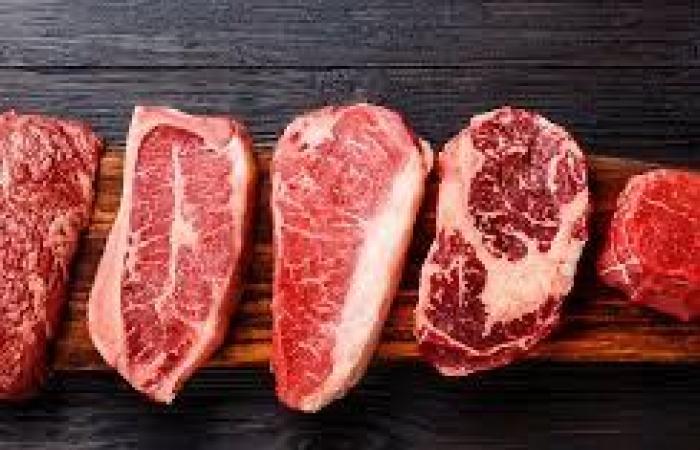During the month of April 2025, the prices of various courts of vaccine meat experienced a significant increase, with an increase of 4.1% compared to the previous month. This price adjustment adds to a 24.07% accumulated increase in the first four months of the year and 60.1% compared to the same month last year, according to the last survey carried out by the National Institute of Argentine Vaccine Meat (INAC).
I received the news in your email
I accessed the latest news from your email
Variations in the meat market: beef, chicken and pork
The impact of prices increase was not limited only to vaccine meat. Fresh chicken, for example, experienced a remarkable leap of 10.7% in April, with an interannual variation that reached 47.6%. Meanwhile, the price of pork breast increased by 3.1% in relation to the previous month, accumulating a rise of 61.3% in the last year.
Influence of socioeconomic levels on vaccine meat prices
Vaccine meat prices were not homogeneous in all areas of AMBA (Metropolitan Area of Buenos Aires). According to INAC, the impact of the increases varied depending on the socioeconomic level of commercial areas. In high socioeconomic level neighborhoods, prices increased 2.7%, while in low -level neighborhoods, the rise was 3.4%. The areas most affected by the increase in prices were northern GBA, with an increase of 6.1%, and the south of GBA, with a variation of 5.1%.
butchers vs. Supermarkets: Differences in prices
Another key finding of this report is the disparity of prices between butchers and supermarkets. In April 2025, meat prices in butchers increased 4.8%, while in supermarkets, the increase was more moderate, reaching 2.6%. This generates a difference in the final price, causing prices in supermarkets to be relatively lower compared to butchers.
A more detailed analysis of meat cuts reveals that the most expensive in supermarkets in April were the spine (2483.9 pesos, with an increase of 14.9%) and the quadril colita (1358.5 pesos, 9.6%). In contrast, cuts such as roast (1141.7 pesos), the skirt (2363.8 pesos) and the common chopped (1705.1 pesos) were cheaper in supermarkets.
Pork and chicken breast prices: preference for supermarkets
As for the other meats, such as pork and chicken, the lowest prices are found in supermarkets. The price of pork breast is 608.3 pesos, 8.3% cheaper in supermarkets, while chicken, with a price of 560.9 pesos, has a difference of 14.9% in favor of large surfaces.
The future of prices: How will inflation affect?
The increase in meat prices in Argentina is only one of the reflexes of the inflationary impact that affects consumers. As food costs continue to increase, the price difference between butchers and supermarkets becomes more evident, which forces consumers to rethink their purchase habits.
In this context, meat prices are expected to continue fluctuating, depending on economic control policies and the evolution of inflation in the country. Meanwhile, supermarket chains will continue to gain ground as a cheaper option for those looking for more competitive prices.
More demanded cuts: differences and preferences of consumers
In terms of specific cuts, the most pronounced increases in April were for the Osobuco and La Paleta (6.5%), the quadril colita (5.7%) and the buttock and the roast beef (5.4%). On the other hand, the cuts with lower increases were the Matambre (1%), the void (2.4%) and the common carnaza (2.5%).
Despite the increases in prices, the most demanded cuts, such as those of the wheel, which are used for the preparation of Milanesas, do not have large price differences between butchers and supermarkets, with a difference of just 457.4 pesos (3.3%) in the case of the buttock.






